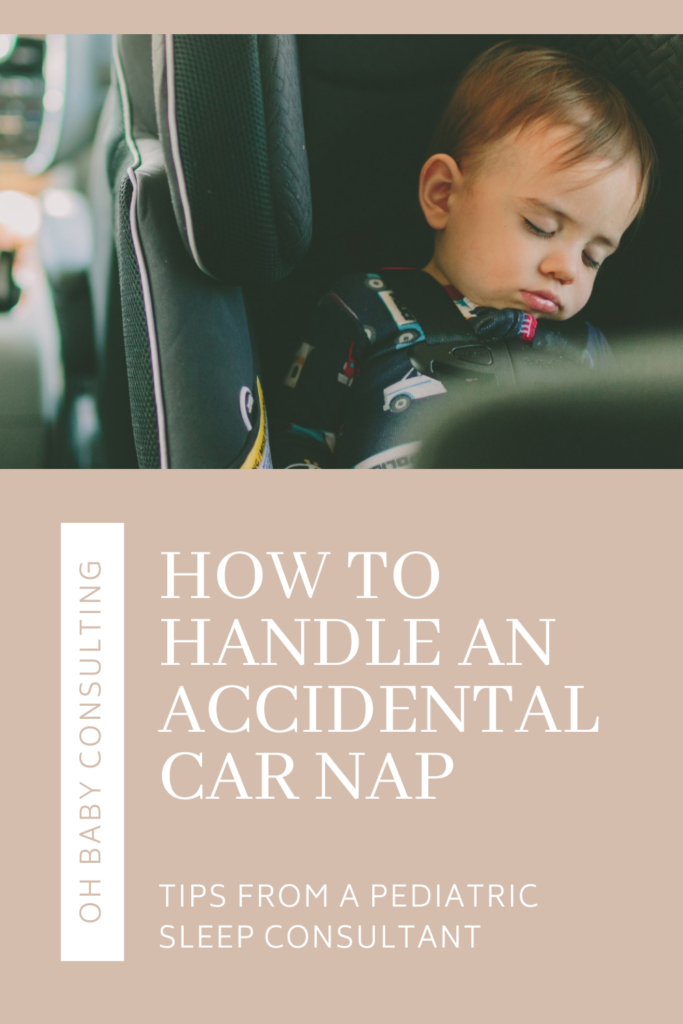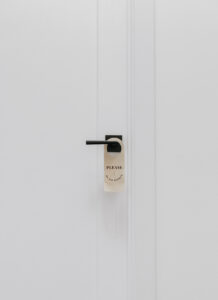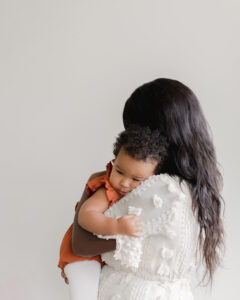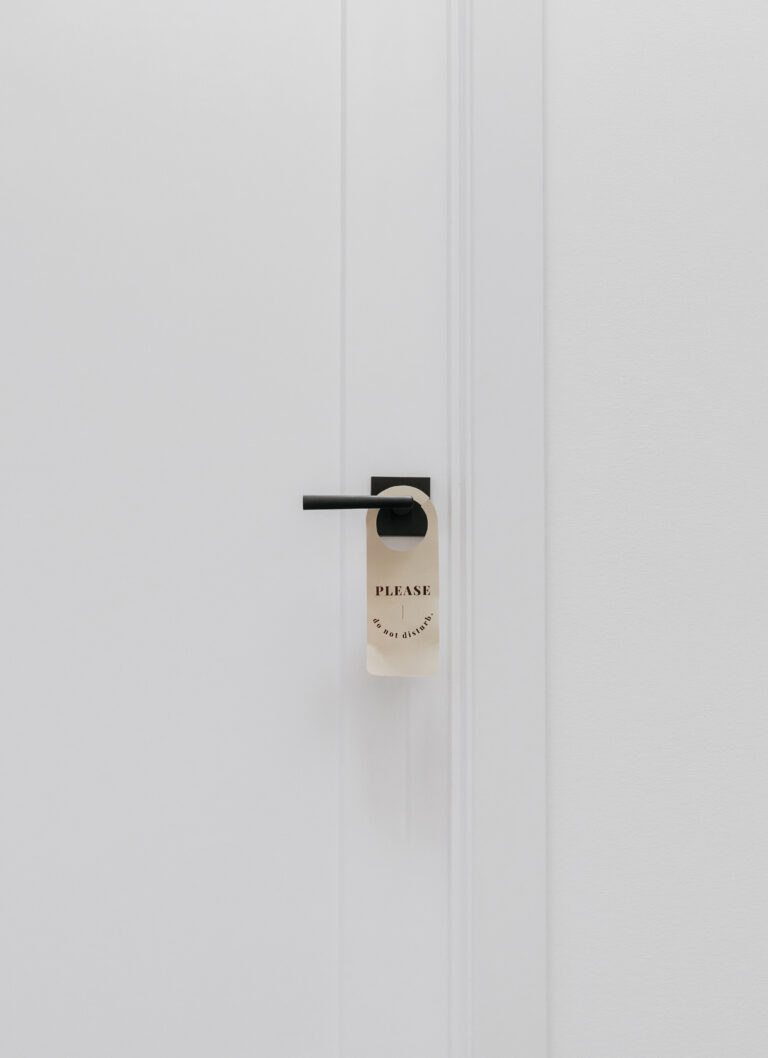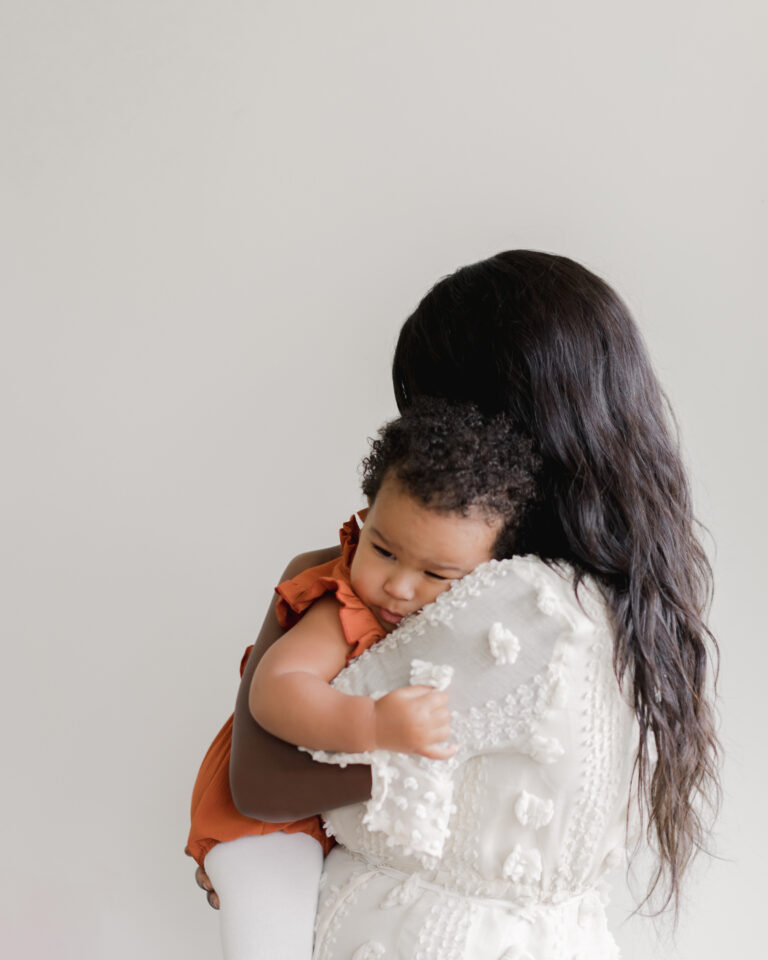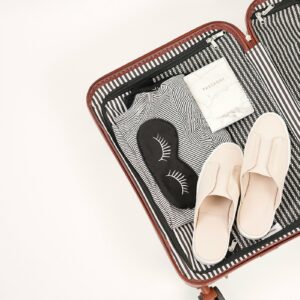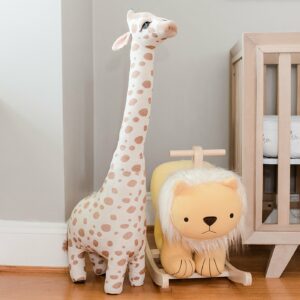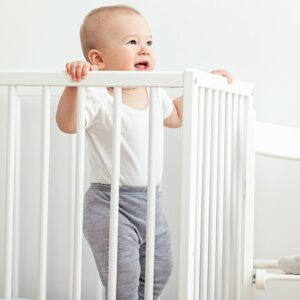Anyone with children has had this happen: you’re in the car driving along and you happen to peer into your rearview mirror to see your child SLEEPING…when they shouldn’t be! You tried your hardest to strategically plan you outing around their normal nap schedule, and now they’re asleep and it’s not even nap time!
Though there are some children who absolutely despise being in their carseat (and will be sure to let you know just how much they hate it), car rides can be pretty comforting for babies. They are all snuggled in nicely to their car seat, maybe with their lovey or a favorite toy, and the motion and vibration of the car puts them in a relaxed state – one that is reminiscent of the womb. This environment often calms babies to the point that they actually fall asleep.
But instead of letting an accidental car nap derail your day, I want you to feel empowered to handle it when it happens. (Because no matter how hard you try, it will happen.)
What to do if your child falls asleep in the car
The moment your child falls asleep in the car, they are relieving themselves of some of the sleep pressure that has built up. This is true even if this “nap” lasts for only 5 minutes. This means that your child may not have built up enough sleep pressure to be ready for a nap at their next nap time. So here’s what you’re going to do:
If your child falls asleep for less than 15-20 minutes, we’re still going to put them down for their next nap, but we are going to delay it anywhere from 15-45 minutes (depending on age, temperament, and stamina). This is going to allow some fatigue to build back up and make it less likely that the nap will be refused.
For example, if your 11-month-old baby was supposed to nap at 2:00 p.m. but falls asleep in the car at 1:05 p.m. for 10 minutes, the scheduled 2:00 p.m. nap should get moved to 2:30-2:45 p.m.
If your child falls asleep in the car and sleeps more than 20 minutes, you will likely need to call this period of sleep their nap. The goal then becomes to extend it as long as possible – ideally at least an hour. Drive around the block a few times, hit up the Chik-Fil-A drive through, or park in your driveway and catch up with Oh Baby on Instagram. The schedule will be a bit off for a day, but that’s okay!
How to prevent car naps
While it’s impossible to control when your child is going to nod off in their car seat, there are some strategies you can try if you are adamant about avoiding a car nap.
- Don’t offer your child their favorite sleepy item (a lovey, pacifier, blanket, etc.) while in the car.
- Provide your child with some entertainment or distraction that they can do safely on their own while you focus on the road.
- Have someone in the backseat with your child to keep them entertained and stimulated.
- Roll down the windows.
- Avoid being in the car less than one hour before nap time.
The most important thing to remember is drive safely! It is better for your child to take an unplanned nap in the car than to risk everyone’s safety trying to keep them awake. If you really need to keep your child awake, pull over the car and take a break. Sleep is important, but your safety matters more.
Safety note: The safest way for your child to sleep is on a firm mattress in an approved bassinet, crib, or play yard. Sleeping in car seats (swings, strollers, or other apparatuses not specifically designed for sleep) is not recommended by the AAP (American Academy of Pediatrics). When the car seat in inside the car, the angle becomes a safer sleep option. However, babies must always be supervised while sleeping in a car seat. Never allow your child to be in a car seat with the straps loose or unbuckled even when the car is not moving. Make sure that your car seats are safely installed in your vehicle, are at the appropriate angle, and that your child fits properly inside. Do not use car seats that have expired, are an incorrect size for your child, or do not properly fit in your vehicle.
